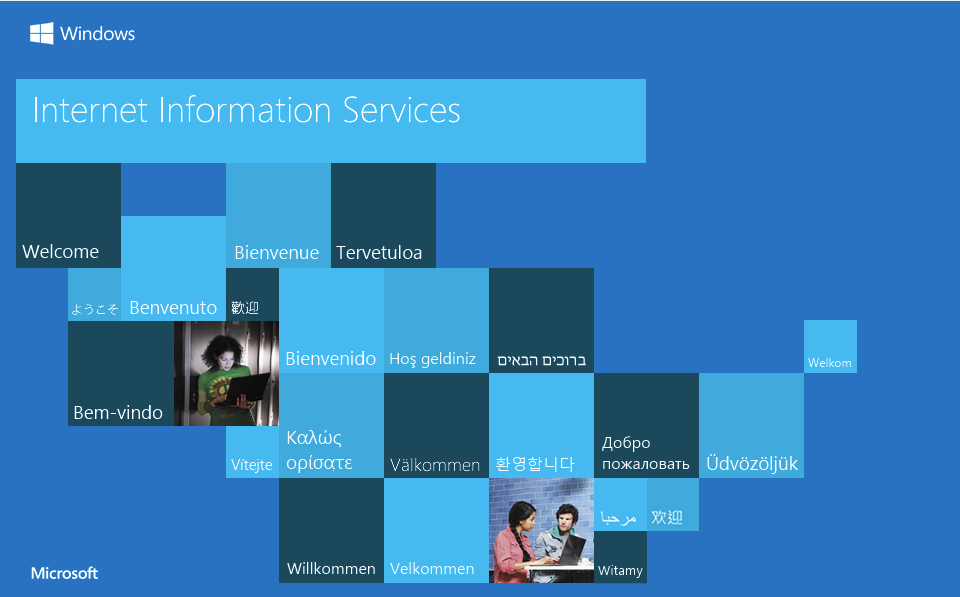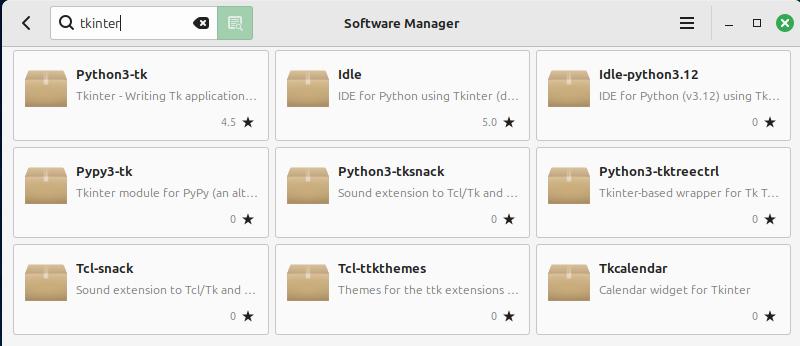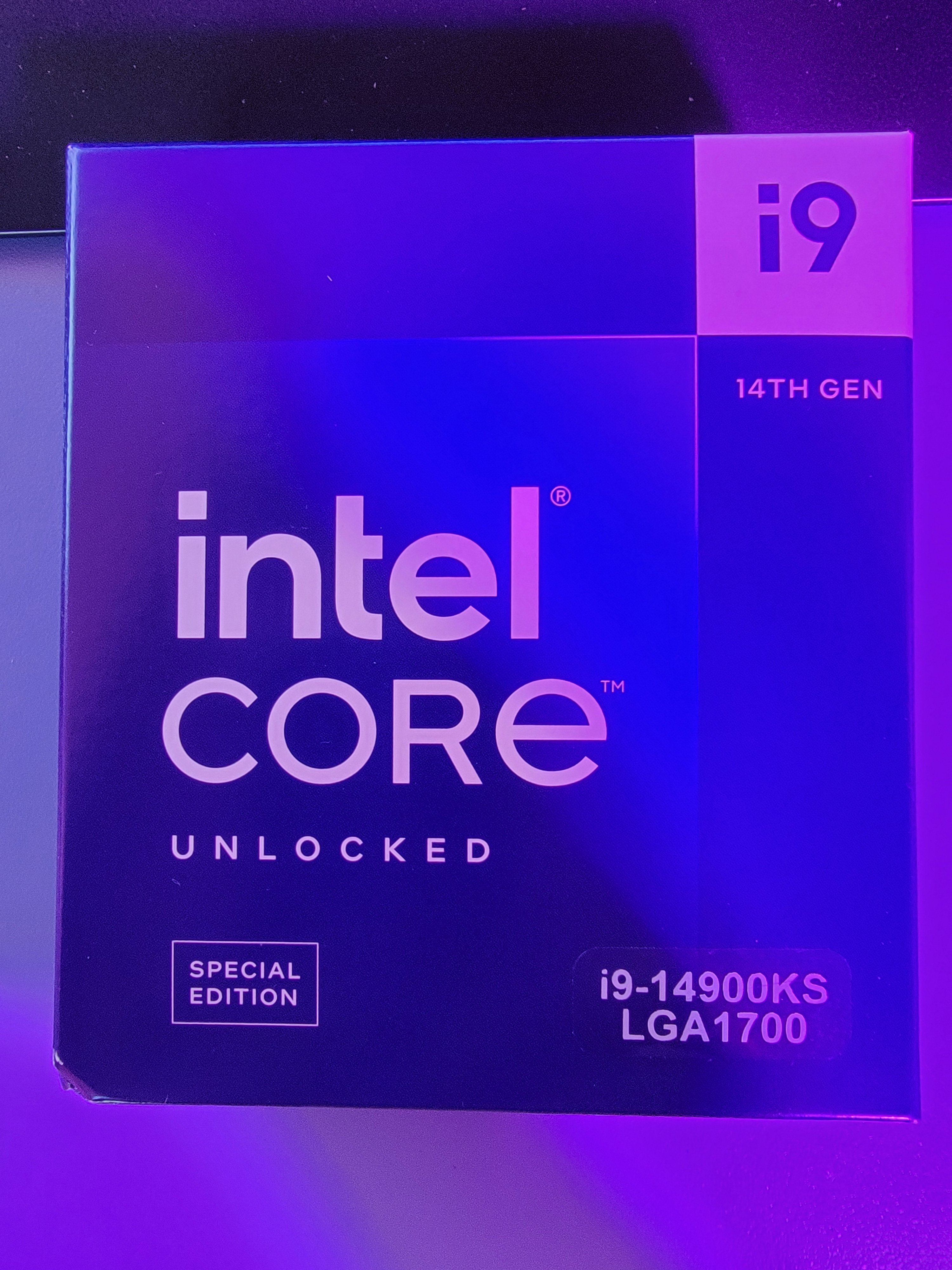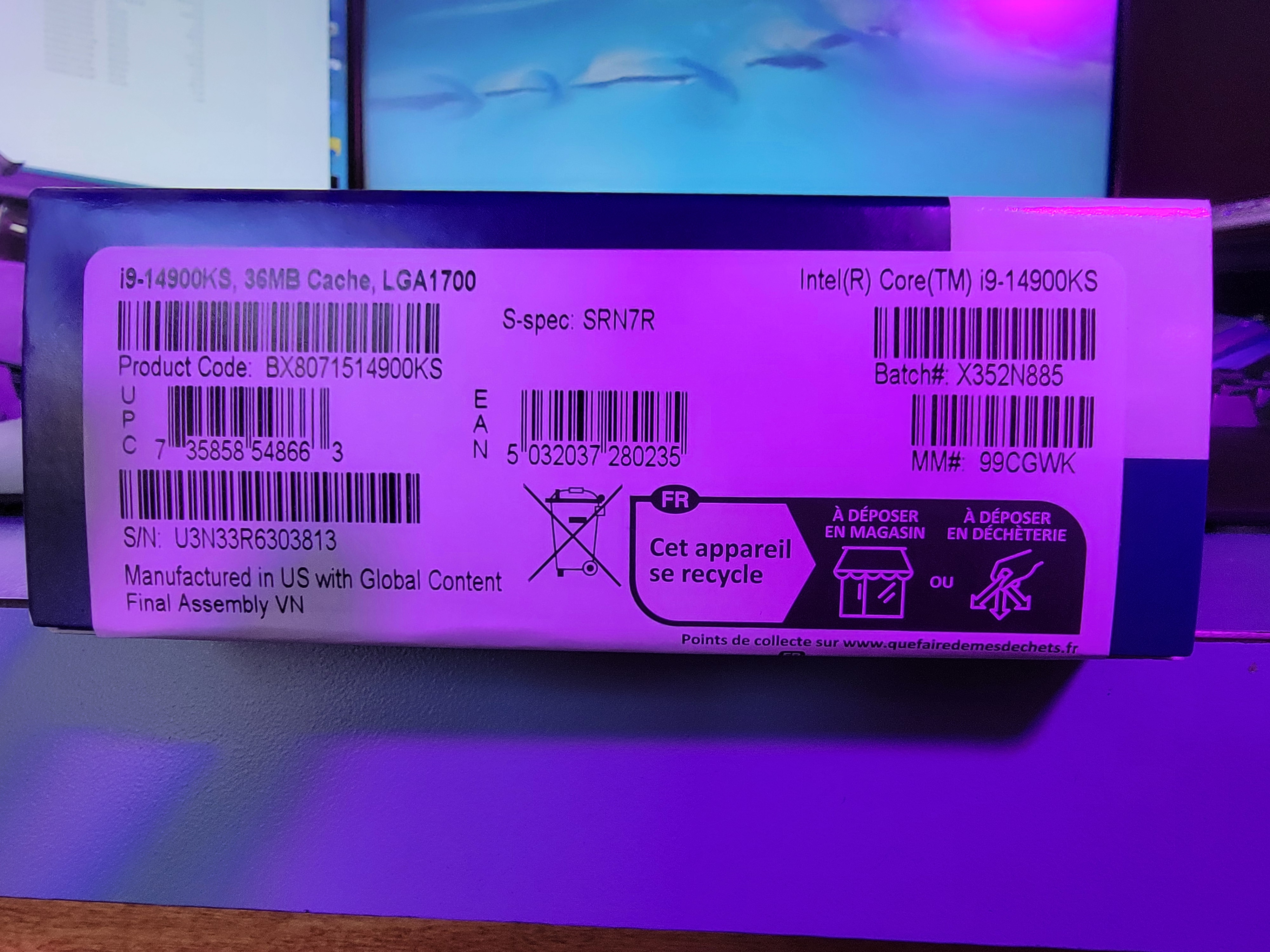I have the inetpub directory, but it's (apparently) empty. What could it be for?I saw that yesterday.
I do have that on my Win Sys drive, but hadn't noticed it.
Brew on


I have the inetpub directory, but it's (apparently) empty. What could it be for?I saw that yesterday.
I do have that on my Win Sys drive, but hadn't noticed it.


"Microsoft will not explain why the empty folder is required to apply the security fixes." wtf?
















inetpub is the default root of IIS, but that is strange that they are sticking it on machines with no IIS. Mine is devoid of anything for sure. No symlinks as far as I can tell.I came across that a week ago last Tuesday, first on my wife's system, then mine. I created a Restore Point and messed with it on my machine and then learned I shouldn't have, so did the System Restore and all was fine again. Left it alone on both systems from there.
One article I read back then said the folder was empty, but my system had folders and files in a tree rooted at C:\inetpub. One of the files is this IIS image:
View attachment 873514
and the other file launches a "free" IIS trial...
Cheers!

Update on my transition from win10 to linux mint (cinnamon)... It's been very easy to adjust to. My 4 biggest peeves are:
- Inkscape doesn't work exactly like it did on win10 (I haven't put much effort into figuring out why yet)
- Haven't found anything as nice/simple as paint-dot-net for raster image editing (installed gimp: YIKES, Pinta looks like it might do with some effort put into learning it's interface layout).
- Most of my steam games don't work on anything but windows
- I liked having Visual Studio on hand to whip up a quick-n-dirty WinForms app in C# for any old task and I don't know where to even begin for anything like that in linux.
Oh, I know it's outdated, has been for almost 20 years! But I just knew it really well, and now the prospect of learning something completely new just has me thinking: ain't nobody got time for that.Don't grieve for the loss of Winforms, it's outdated at this point. In Linux, GTK is a very widely used GUI toolbox, but can also be used cross platform. I've only used it in C, so if your dead set on C# there are some options out there, but I won't speak to them because I have no personal experience.
Oh, I know it's outdated, has been for almost 20 years! But I just knew it really well, and now the prospect of learning something completely new just has me thinking: ain't nobody got time for that.

View attachment 873712
Any recommendations? I'm on Linux Mint (Cinnamon)... I'm okay with the command line, if need be, but I like the idea of using the system packages that handle upgrading and whatnot without too much effort on my end. Feel free to tell me to just google this stuff (cuz I haven't looked any further than my software manager app)!
sudo apt install Python3.Xx-venv

C# and Linux -- hmm. You'd need the .NET SDK for Linux to do that. There's even a snap for that. Also, Visual Studio Code is still probably available for Linux for what that's worth.whip up a quick-n-dirty WinForms app in C# for any old task and I don't know where to even begin for anything like that in linux.
...not to mention, wondering what the heck were updates 0x12C, 0x12D, and 0x12E.I received my replacement Intel Core i9-14900KS processor a couple of weeks ago but have been reticent about swapping it for the i9-12900KS I'm currently running because it just seemed that the Raptor Lake fiasco was not fully played out yet. That notion was mostly because I had installed a bios that had the Intel mandated "0x12B microcode" that was supposed to fix everything that ailed that processor series - before my processor crapped its pants, so to speak. So I knew there had to be something lurking out there they had not addressed yet, and have been holding up the swap.
Sure enough, this came out today:
https://www.tomshardware.com/pc-com...releases-0x12f-update-to-fix-vmin-instability
Now I get to wait until ASUS comes out with yet another updated bios before I screw up the courage to put fire on this CPU.
Ugh...
...not to mention, wondering what the heck were updates 0x12C, 0x12D, and 0x12E.
Ha!Likely--as I don't work for ASUS but understand how code revisions work--those were internal test versions which either didn't fix the problem, or fixed the problem and yet ended up breaking something else and failed regression testing.
From a code version management standpoint, you don't want to go through internal iterations 0x12c, 0x12d, 0x12e, and finally achieve 0x12f which is releasable, and then go back and try to rename it 0x12c because that's the next letter in *released* code versions. All you do there is risk all SORTS of confusion when someone is looking for 0x12c and there are now two versions of it, the internal one which doesn't work and the external one which does... All it takes is one person who lets the wrong version out into the wild and now you'll never know who in the field is running what.


Linux's command-line "join" command is driving me batty!